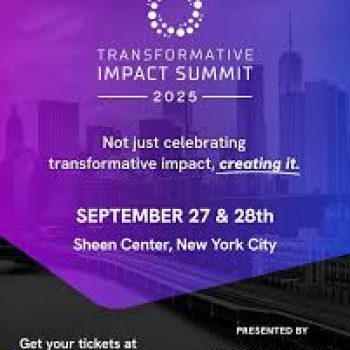Zoi Capital’s Managing Director, Dr. Ron Razmi, writes about the threats to the US innovation flywheel in his latest article for Fast Company. This is the cycle that nurtures ideas that become world-changing technologies and products. How does this happen? Years, and often decades, of trial and error research in the public sector institutions such as Universities, National Science Foundation, NIH, and more, followed by private sector innovation, where these technologies are used to solve to real-world problems. Both of these phases, public and private, require funding. For public sector research that takes a long time, grants that do not expect short-term return on investment, and for private sector research, private investors who have shorter time horizons but understand that unlike public markets, their capital will be locked up for a few years until the company achieves success and hopefully provides a profitable return.
Given the deep cuts to public sector research with DOGE and the recent federal budget passed, as well as more concentrated and risk-off private sector funding environment, this flywheel can sustain some long-term damage. The frantic pace of VC funding, often at high valuations divorced from fundamentals, during the pandemic has resulted in a slow exit environment and low capital distributions back to the investors. These investors are therefore allocating less dollars for early stage private companies and going after less risky investments.
From the article:
“Back in 2020 to 2022, when the Federal Reserve lowered interest rates to zero percent and the federal government provided significant stimulus to businesses and households, private market investment rates exploded. This was due to the large amount of liquidity in the economy and investors having plenty of cash to invest. While this sounds good, such a major uptick in investments in a short amount of time can result in a lack of discipline. Consequently, much capital was invested in companies that did not have great prospects and often at high valuations, divorced from the company’s fundamentals.
The private markets have been dealing with the consequences of these investments for the last few years. Many of the companies that were funded struggled to hit their growth milestones, achieve successful exits, or secure follow-on financing. Many were saddled with high valuations and struggled to raise new funding at anything close to those numbers. Also, the higher interest rate environment means a higher bar for investors to deploy risk capital. This mismatch in the operator and investor expectations for valuations meant few IPOs and a slow M&A market, and thus lower capital distributions back to the sources of capital.”
https://www.fastcompany.com/91362546/is-our-innovation-economy-at-risk






